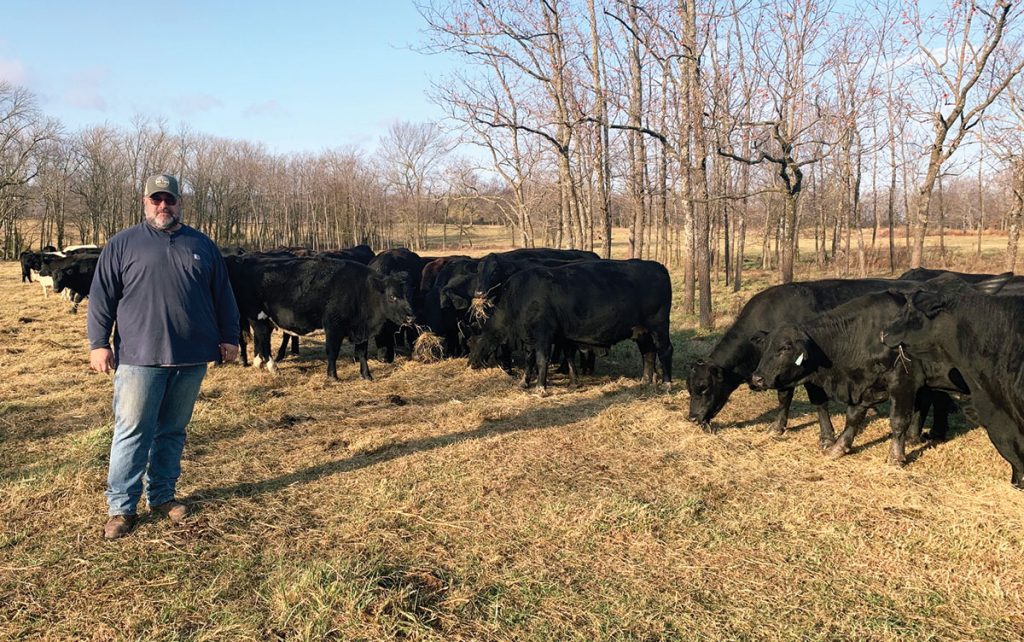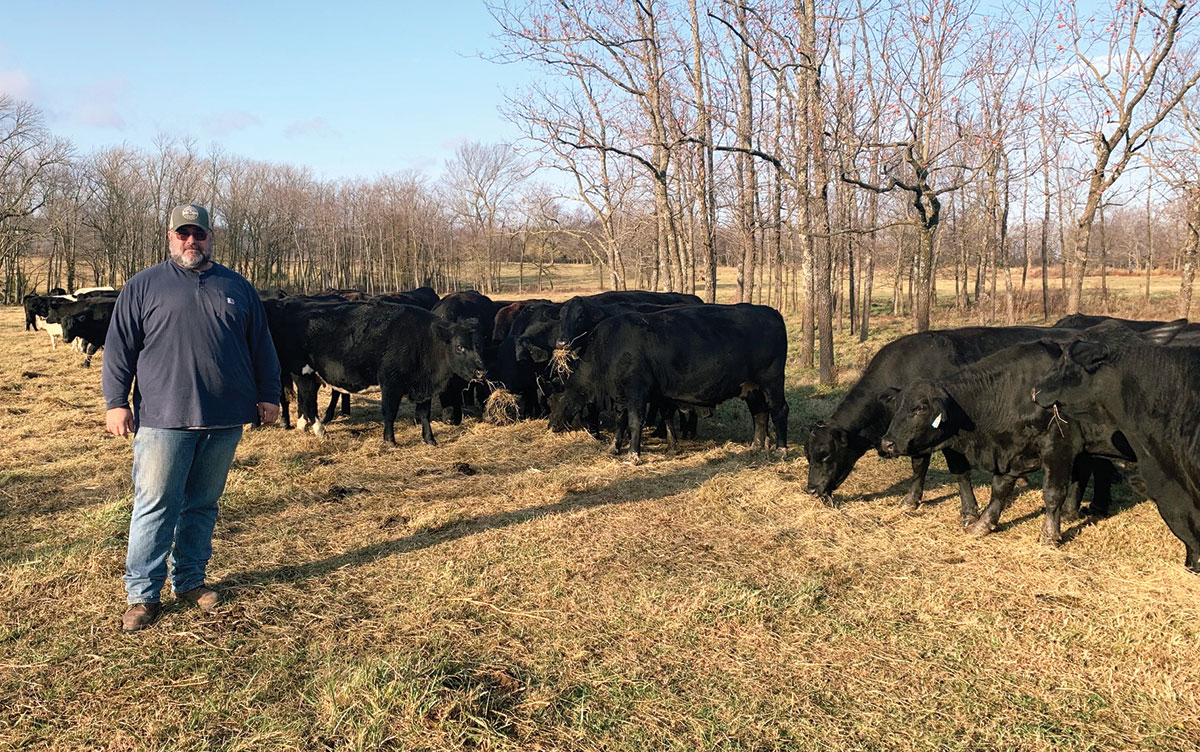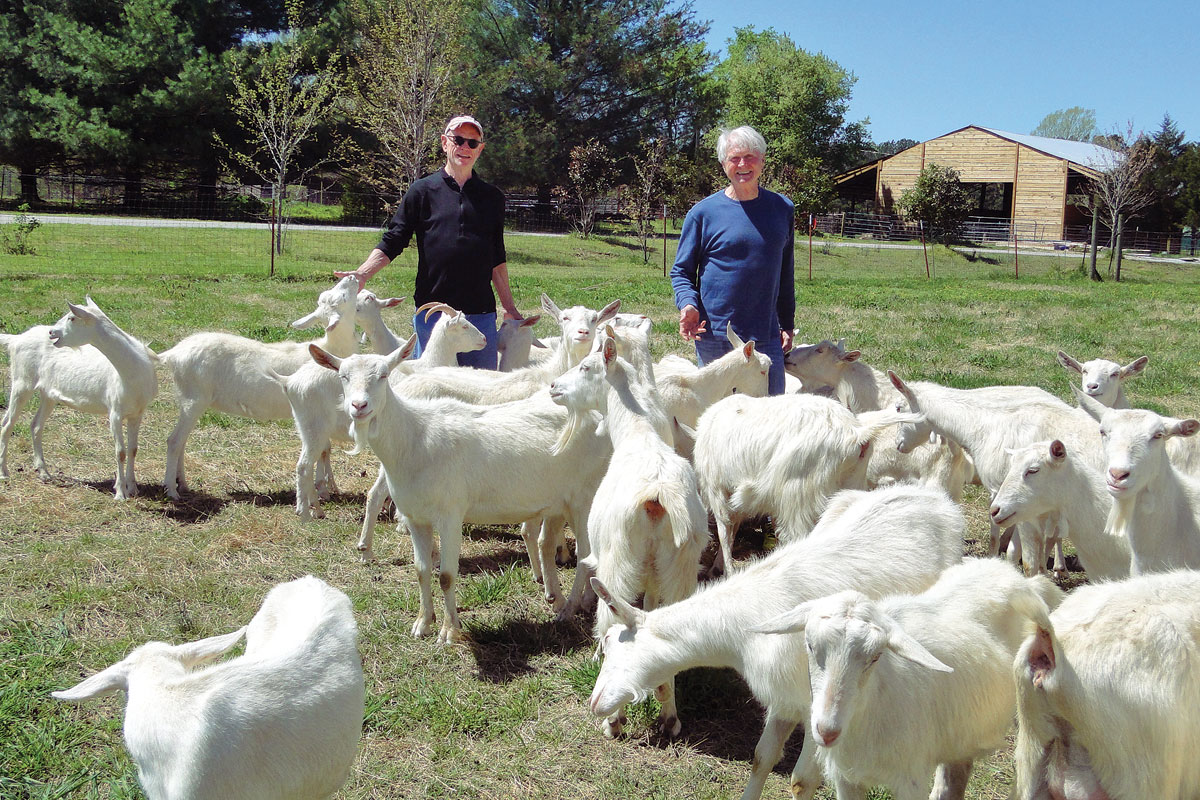
Brian Bradley operates a litter business, in addition to poultry houses and a cattle operation
Like most farmers, Brian Bradley of Lincoln, Ark., is a very busy man. He owns a litter business under the name of Bradley Farms and leases five chicken houses and 100 acres from his uncle, Gene Pharr.
Not long after Brian graduated from Lincoln High School, his future father-in-law, Tony Villines, told him there was a need for de-caking services.
“My dad and mom, Edward and Joyce Bradley, had chicken houses and still have cattle,” Brian said. “I was busy on the farm as soon as I could walk.
“Beginning to drive a tractor at 9 years old was a big deal, but I also knew it was a big responsibility. I loved working on the farm and wanted to stay in agriculture.”
Brian started de-caking 25 years ago, a service his business still offers. Then 15 years ago, he realized his de-caking customers were seeking to sell the litter he was storing for them. Seeing opportunity, he began transitioning the lion’s share of his business to loading litter onto trucks from Kansas and Missouri. That part of his business, along with others having a similar service, contribute to managing the Illinois River litter issue. Finally, Brian has three spreading trucks used locally, mostly for long-term, repeat customers. He currently has six full-time employees in the litter business.
“The biggest challenge I face is the variability of prices in the agriculture industry,” Brian explained. “Everybody is on a budget and influenced by the prices of commercial litter, corn, soybeans and other commodities. Because the different aspects of agriculture are all interrelated, my challenge is to find ways to manage profitably within that variability.”
About five years ago, Brian’s uncle, Gene, decided to retire from the chicken business. Brian recognized an opportunity and was very familiar with the business from his childhood. He began expanding his financial base by leasing Gene’s five, 20-year-old broiler houses which had been retrofitted three years before Brian took over. The houses have solid side walls and are tunnel ventilated with cooling pads in the front. Brian produces 7-pound broilers in seven weeks for George’s, with 25,000 chickens in each house and a 21-to 25- day turnaround.
As with every poultry producer, biosecurity is a high-priority, with warning signs on each house and entry proceeded by stepping into a tray with a powdered disinfectant. Access is limited to Brian and his field man Phillip Markovich who makes sure the birds are healthy in addition to a full-time worker who has been working for Brian for two years and is much appreciated.
“Truckloads with 125,000 chicks arriving and unloaded on the same day is quite a sight,” Brian said.
Until a few months ago, Gene managed his cattle herd, which consisted of 45 Angus-influenced cows bred by a pureblood Charolais bull. Then Gene decided he wanted to retire completely. He leased the cow acreage to Brian and also sold Brian his herd. Brian likes the Angus/Charolais combination because it produces good calves. They have a low birth weight, with the Charolais adding stature and muscle.
Even though Brian has had the cattle for a short period of time, he has sold a calf crop with an average calf weight of 525 pounds. Because Brian has always had good service and sales from the Benton County Sale Barn, he took the cattle there to sell. Brian expects, however, his first crop of calves will weigh closer to their weaning weight of 400 pounds since they will probably be sold sooner than Gene’s calves had been. Depending upon the exact conditions, Brian plans on backgrounding the calves until they are a little bigger and retaining some replacement heifers. In the current situation, Brian plans on waiting until the heifers are about 18 months of age before breeding and will not cull cows until that time unless an individual animal has a problem. Like many herds, Brian’s herd is mostly grass- and hay-fed, and supported by protein tubs and mineral. He also occasionally feeds grain so they will retain their docility, especially important when working the cattle.
Of course, cattlemen are the stewards of their land. Brian uses the land for haying as well as raising cattle. He fertilizes with chicken litter according to his farm plan, which also requires regular testing to ensure the amount of the litter used is correct for the soil nutrient profile. In the past, while working with his uncle’s cattle, Brian typically brush hogged instead of spraying for weeds. At the moment, he is considering spraying starting in the spring of 2021. He knows from experience with the land that his biggest problem weeds are cockleburs, thistles and careless weed, which is a red-stemmed weed with stickers. Brian plans on pulling the cattle off the hay fields until after the first cutting and usually bales 325 bales a year, enough to meet the cattle’s needs.
Brian’s typical day is overseeing the loading of the litter trucks, checking in with other customers, as well as finding new ones.
The litter business has five full-time employees while the agricultural side has one fulltime employee to the chicken houses.
With his days so full, Brian stills finds time for his family. He met his wife Kelly in high school but didn’t date her until he graduated. The couple has three children with all of them highly involved in athletics. Their 15-year-old son Bryce plays football and baseball in addition to beginning to help in the chicken houses. The older daughter Bryley, now 12, plays basketball, volleyball and softball, while 8-year-old Sarah is involved with basketball and softball.
“My days are good and full,” Brian said. “Ten years from now I hope to be doing what I’m doing now, that’s maintaining all the irons I have in the fire.”







